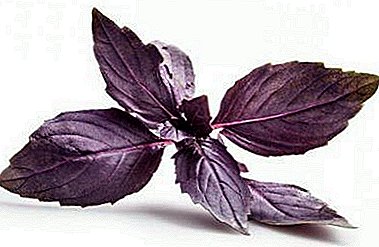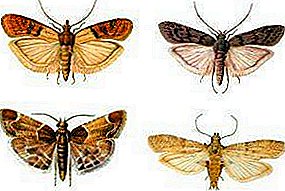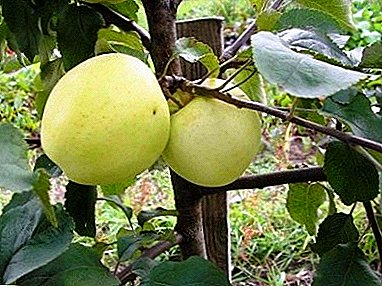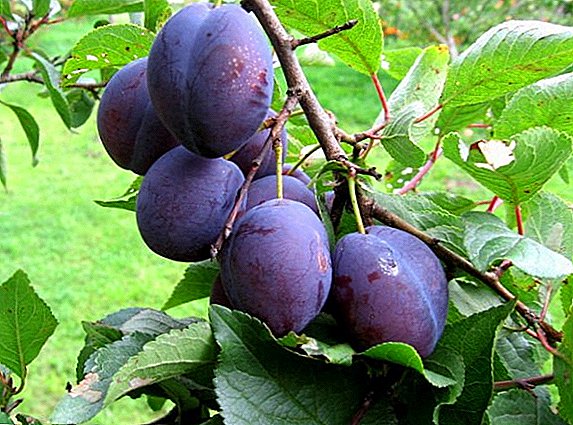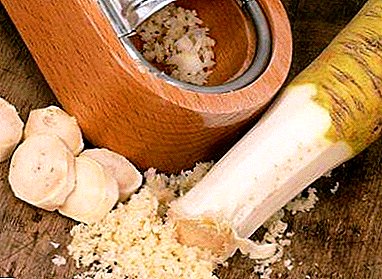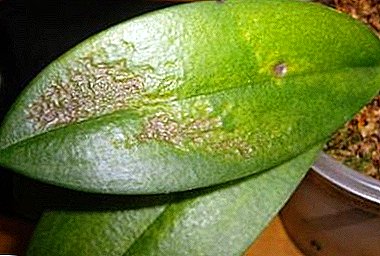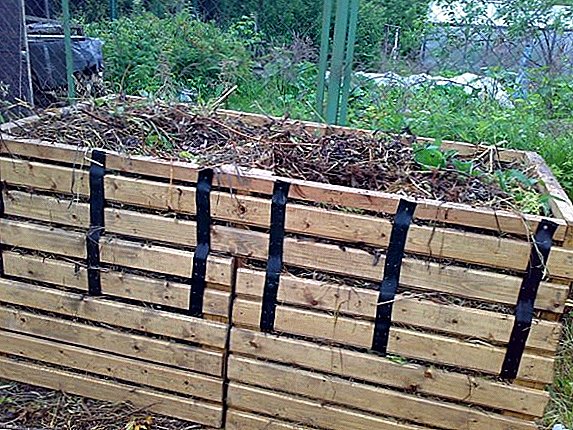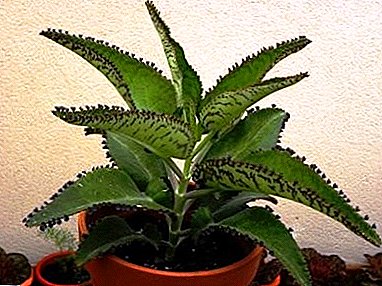
Kalanchoe Degremona - perennial flowering succulent of the family Crassula native of Madagascar. Latin name - Kalanchoe daigremontiana, in the people it was called Kalanchoe viviparous because of the peculiarities of reproduction.
The stem of the flower is erect, the leaves are light green, fleshy, shaped like triangles, with jagged edges.
At the edges of the leaves are small processes with ready-made roots.
Succulent reaches 100 cm in height. Blooms pink or red flowers.
Care
Kalanchoe Degremona care at home. Degremona - an unpretentious succulent that does not cause any problems with the care and flowering.
But it should be careful, because flower releases toxic substancesthat can cause migraines. Should not be allowed to plant children.
Temperature and humidity
 Degremona come from the subtropics, so it is very important to create the right temperature conditions for it.
Degremona come from the subtropics, so it is very important to create the right temperature conditions for it.
In summer, the ideal temperature for a flower is 27 ° C, but the most important is to observe the temperature regime in winter, since it is in the winter that the buds are laid and flowering occurs.
In winter, the temperature in the room should not be less than 15 ° C, but the plant will not withstand the high temperature. You can not put a pot of succulent near heating appliances in winter, it prevents proper growth.
Humidity should be moderate, Kalanchoe does not require strong moisture in the room.
Lighting
In winter, it is best to place the plant on the south or southeast windows, since Degremona - light-loving plant.
But in the summer should create a partial shade, otherwise the leaves may turn red due to sunburn.
The optimal time to spend the sun in the summer is about 9 hours. It is good in the future will affect flowering.
Watering
Kalanchoe Degremona medicinal tolerates drought conditions well, and since Degremona - Succulent, then watering the plant should be kept to a minimum. In the summer spraying and rare watering, always on dry soil.
If you constantly pour over Degremona, the roots will rot and the plant will die.
The soil
 Soil for Degremona should consist of several layers. The first layer is peaty, then deciduous and soddy earth, and on top a part of coarse sand or perlite.
Soil for Degremona should consist of several layers. The first layer is peaty, then deciduous and soddy earth, and on top a part of coarse sand or perlite.
Good drainage is important, they put the bottom of the pot and sprinkle it on top to prevent excessive moisture. The pot must be heavy and steady, as the plant becomes heavier with age.
Top dressing
In the summer, you need to fertilize the Kalanchoe every 2-3 weeks, using fertilizers for cacti.
In winter, fertilizers are needed for flowering plants, 1-2 feedings are sufficient.
You can use complex fertilizers.
Transfer
Charcoal or brick chips can be added to the soil mix. Kalanchoe transplanted once a year, as they grow.
A photo
Kalanchoe Degremona photo:



Breeding
There are several ways to breed. Degremony.
The first - shoots from the tops of the leaves. In the spring ready-made shoots with roots fall away. They must be selected and planted in separate pots with peat and sand. Tara close film and make small holes for airing.
Sprouts put under diffused light. After the shoots take root and the first leaves appear, remove the film and pinch the top of the head. Sprinkle earth periodically.
The second method of reproduction - seeds. They are sown at the end of winter in the soil of sand and leafy ground. Temperature to hold in the region of 20-22⁰C.
In the second week, the seeds begin to germinate, they should be subjected to a pick, and then put the pot in the sunlight.
Find out what other types of Kalanchoe are: Rosalina, Blossfelda, Peristoe, Mangina.
Medicinal properties
Kalanchoe Degremona healing properties. The medicinal properties of Kalanchoe’s viviparous juice were recognized in the second half of the 20th century. Currently, the juice and pulp of the leaves are used on a large scale for the production of medicines, creams and ointments. In addition, the plant can serve as a home doctor.
Flower juice used in the treatment of rhinitis, flu and headaches.
Degremona - an unpretentious succulentwhich, with proper care, will long please you with its appearance, and will also become a real helper for the treatment of many diseases and ailments.
Diseases and pests
Kalanchoe excessive sun rays, plenty of moisture and excessive fertilizing. It is necessary to monitor the state of the root system so that it does not rot.
If this happens, remove the affected areas and transplant the succulent.
 Of the parasites, the most dangerous is the scythe, in which a gray bloom and fungus appears on the leaves and stems.
Of the parasites, the most dangerous is the scythe, in which a gray bloom and fungus appears on the leaves and stems.
Stains are removed with a brush, then rub the leaves with alcohol.
Mealybug leaves white bloom on the leaves. They are also removed with an alcohol solution.
When aphids occur, the leaves turn yellow, the insects themselves are located at the bottom of the leaf. The plant is treated with soap.
In addition, there are many drugs for pest control, which can be found in specialized stores.


